Current project status: I have made a mockup of the invention using two color filter wheels and a set of active shutter 3D glasses. When I looked through the different filters in the wheels, I saw objects whose color matched that of the currently active filter as brighter and those whose color did not match as darker. I think this counts as a successfully tested initial prototype.
Open source and licensing: This project has no intellectual property so far except for the text, photos, and diagram. No code repository has been created yet, nor has anyone else's IP been used for anything. When I use others' IP in this project, I will make sure to comply with their license terms, and will list the licensed components so everyone can see what I used and who helped me. When I publish code, CAD files, etc., created for this project, I will make sure to choose a license for it that allows others to benefit from my work.
A few months ago, I found some color filter wheels from projectors on Protospace's free shelf. Soon I came up with the idea to use them to give color vision to colorblind people.
The brain will require some kind of signal to know which color filter it's looking through at the moment. This is the "sync" line in the diagram. This could be provided by an LED flashing in the eye, transcranial magnetic stimulation, embedded electrodes, a tactor, or some other method.
Training with gradually increasing frequency of filter switching will be required. Hopefully it will be possible to exceed the flicker fusion threshold because the processing will occur earlier in the vision pathways, but I'm not at all confident about this part.
Using color filter wheels with more than the standard red/green/blue filters could even give people the ability to see more colors than they can even imagine currently! The wheels I picked up from the free shelf have some other colors, so this could be easy to experiment with.
The terrible diagram you currently see is the best diagram I will ever be able to create in GIMP.
 PointyOintment
PointyOintment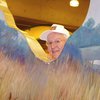

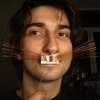



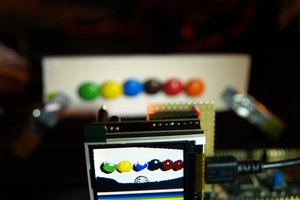
 Fabien-Chouteau
Fabien-Chouteau
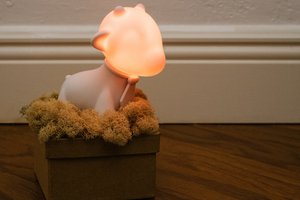
 Andy Oliver
Andy Oliver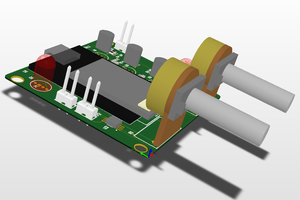
 drewrisinger
drewrisinger
this is a great idea!
a suggestion for "synching the brain": check out Benham's top https://en.wikipedia.org/wiki/Benham's_top - perhaps the sync you seek is a pattern of flashing to encode colors. i'm thinking something like pie-shaped pieces of colored gel rotating along with the black shutter could be used to encode different hues to different flash codes...
also see: http://www.michaelbach.de/ot/col-Benham/index.html